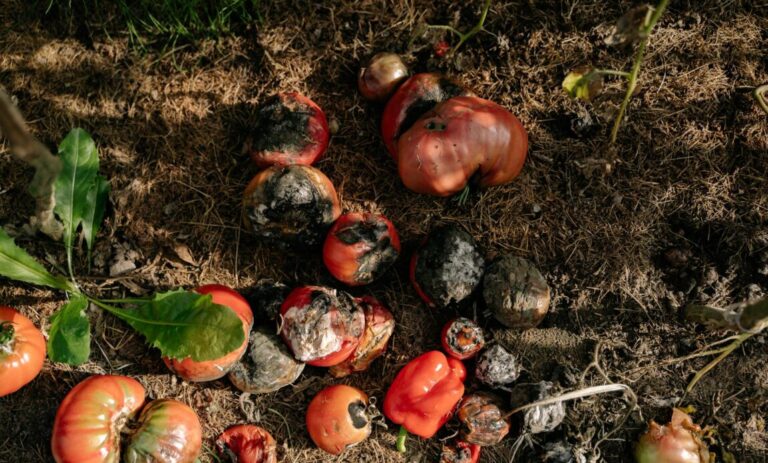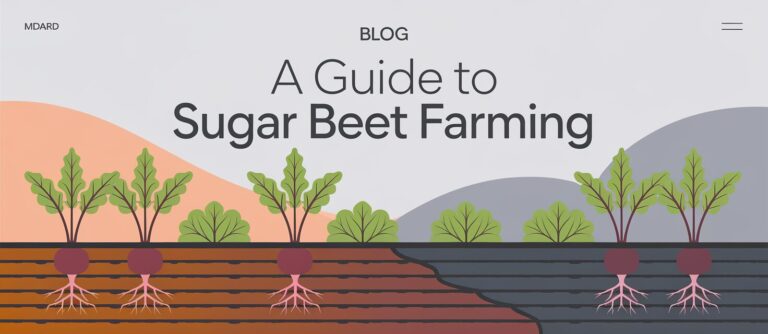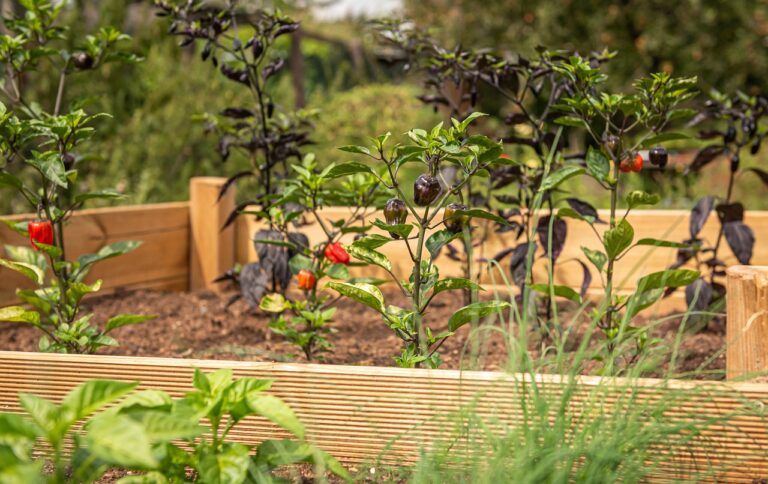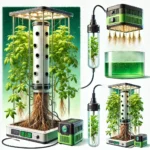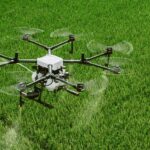Email: blogagri2@gmail.com
Beginner’s Guide to Aquaponics: Sustainable Farming
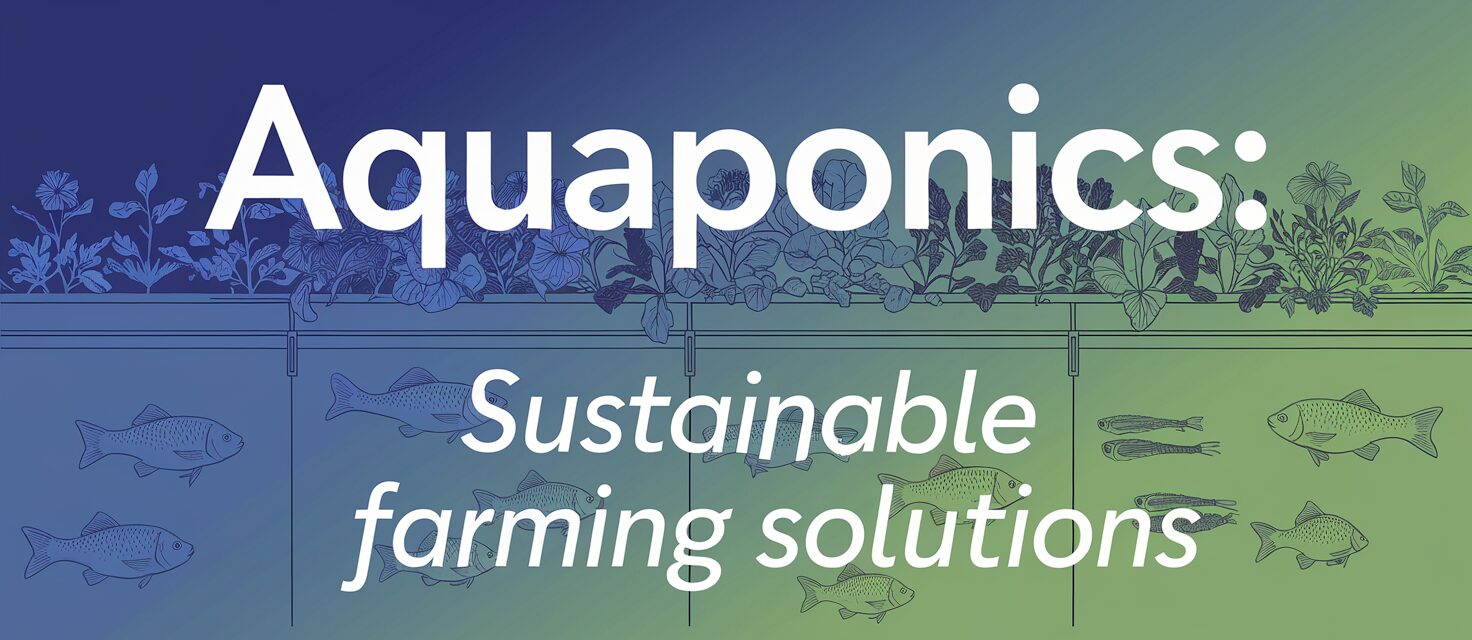
A guide to aquaponics
Imagine a world where fresh vegetables and fish thrive together in harmony. Welcome to the fascinating realm of aquaponics, an innovative way to grow food that combines aquaculture with hydroponics. This sustainable method not only provides you with delicious produce but also creates a unique ecosystem right at home.
Whether you’re looking for a new hobby or seeking eco-friendly solutions for your garden, aquaponics offers endless possibilities. It’s perfect for urban dwellers with limited space or anyone passionate about sustainability. If you’ve ever wondered what it takes to start your own aquaponic oasis, this guide has got you covered! Dive into the essentials of this captivating system and discover how you can transform your living space into a thriving aquatic farm.
What is Aquaponics?
Aquaponics is an innovative growing method that combines aquaculture and hydroponics. In simple terms, it’s the marriage of raising fish and cultivating plants in a symbiotic environment.
Fish produce waste rich in nutrients, which serves as food for the plants. The plants, in turn, filter and purify the water before it’s returned to the fish tank. This creates a sustainable cycle where both organisms benefit from each other.
This eco-friendly approach maximizes space and resources while minimizing environmental impact. It allows you to enjoy fresh vegetables alongside healthy fish without relying on traditional farming methods or harmful fertilizers.
Whether you’re a seasoned gardener or just starting out, aquaponics offers versatility and efficiency. It’s not only suitable for large setups but can also be scaled down to fit into smaller spaces like homes or balconies.
History and Origins of Aquaponics
The roots of aquaponics can be traced back thousands of years. Ancient civilizations, particularly the Aztecs and Chinese, practiced similar forms of combined agriculture and aquaculture. They ingeniously cultivated crops alongside fish in interconnected systems.
These early methods allowed for nutrient recycling, where fish waste provided essential nutrients for plants. In return, plants purified the water for fish. This symbiotic relationship laid the groundwork for modern aquaponics.
In recent decades, interest in sustainable farming has revived this ancient practice. As urbanization grows and resources dwindle, more people are seeking efficient food production methods.
Today’s aquaponics combines cutting-edge technology with time-tested principles to create self-sustaining ecosystems right at home or on larger farms. The evolution continues as enthusiasts explore new species and innovative techniques within this fascinating field.
How Does Aquaponics Work?
Aquaponics combines aquaculture and hydroponics, creating a symbiotic environment. Fish produce waste that is rich in nutrients. This waste breaks down into ammonia, which bacteria convert into nitrites and then nitrates.
Plants thrive on these nitrates. Their roots absorb the nutrients directly from the water, promoting healthy growth without soil.
The process is a continuous loop. Water cycles from the fish tank to the plant beds and back again. This movement ensures plants receive essential nourishment while filtering toxins for fish safety.
This system mimics natural ecosystems where each component supports the other. By harnessing this balance, aquaponics provides efficient food production with minimal resources needed.
It’s an innovative method that captures nature’s wisdom while offering sustainable solutions for modern agriculture challenges.
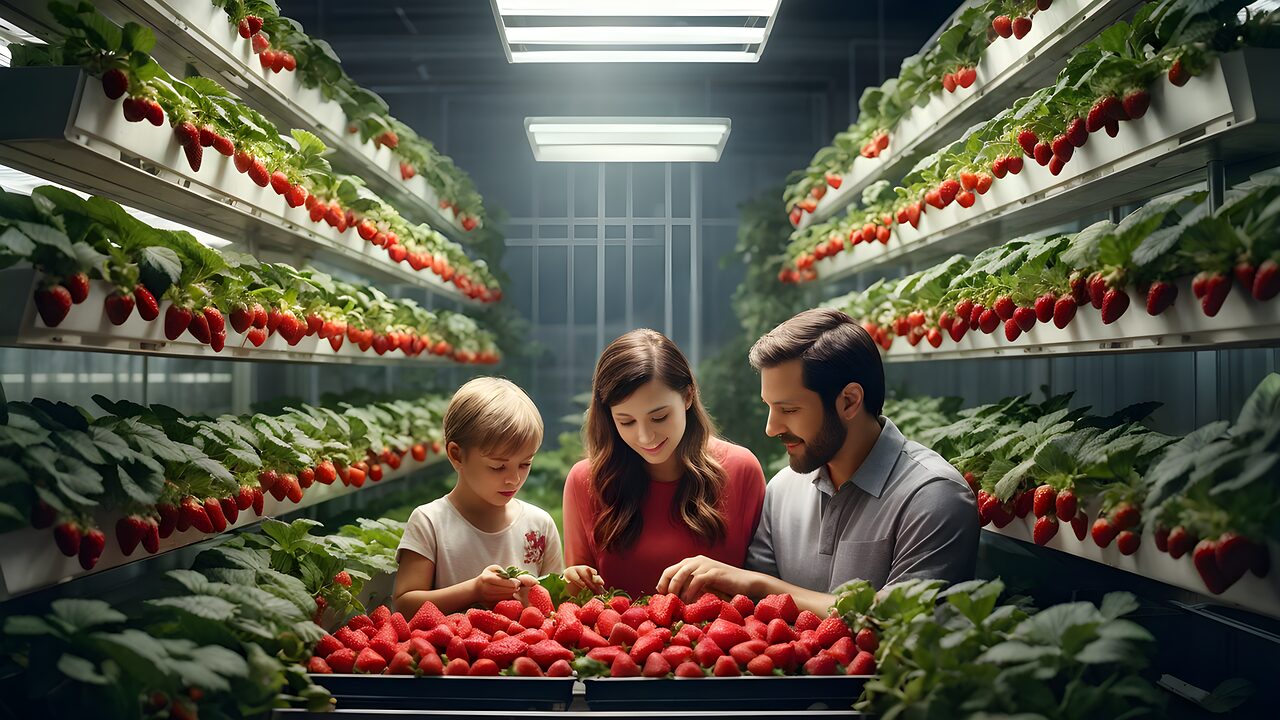
Types of Aquaponic Systems
Aquaponic systems come in various designs, each catering to different needs and spaces. The most common type is the media-based system. It uses gravel or clay pebbles as a growing medium for plants. This method offers great support while allowing water retention.
Next up is the nutrient film technique (NFT). Here, a thin film of nutrient-rich water flows over plant roots without any solid medium. It’s efficient but requires careful monitoring to avoid drying out.
The deep water culture (DWC) method involves suspending plant roots in oxygenated nutrient solution. This setup promotes rapid growth but necessitates adequate aeration.
There’s the vertical aquaponics system. It maximizes space by stacking layers of plants vertically. Ideal for urban gardening, it allows growers to produce more food in small areas while keeping aesthetics in mind.
Each type has its unique set of benefits and challenges worth exploring!
Advantages of Aquaponics
Aquaponics offers a sustainable solution for food production. It uses less water than traditional farming methods, making it ideal for areas with limited resources.
This method eliminates the need for chemical fertilizers. The fish waste provides all the nutrients plants require to thrive, promoting a healthier ecosystem.
Growing both fish and vegetables in harmony means you can enjoy fresh produce year-round. Imagine harvesting basil while your tilapia swim below—it’s an efficient system that yields multiple crops at once.
Additionally, aquaponics systems are versatile. They fit into various spaces, whether indoors or outdoors. You can start small with an aquaponics aquarium kit or scale up as needed.
This innovative approach also fosters educational opportunities. Families and schools can learn about ecology, biology, and sustainability firsthand while engaging in hands-on activities that promote responsibility and care for living organisms.
Challenges and Solutions in Aquaponics
Aquaponics presents unique challenges that require thoughtful solutions. One common issue is maintaining the balance between fish and plant health. If one thrives, it may affect the other negatively.
Water quality is critical. Regular testing for pH levels, ammonia, nitrites, and nitrates can prevent many problems. Investing in a good water filtration system helps maintain this balance effectively.
Pests are another challenge. Organic pest control methods often work well without harming your aquatic life or plants. Introducing beneficial insects can also help keep pests at bay naturally.
Temperature fluctuations can stress both fish and plants. A consistent climate-controlled environment ensures that everything grows harmoniously.
Knowledge gaps can hinder success in aquaponics systems. Engaging with community forums or local workshops provides valuable insights from experienced practitioners to troubleshoot specific issues as they arise.
Setting Up Your Own Aquaponic System
Setting up your own aquaponic system can be an exciting venture. Start by choosing a location with adequate sunlight and access to water.
Select the right aquaponics aquarium kit that fits your space and budget. There are many options available, from small countertop systems to larger setups for backyards.
Next, pick compatible plants and fish species. Some of the best fish for beginners include tilapia or goldfish due to their hardiness. Leafy greens thrive well in these environments too.
Ensure you have proper filtration and aeration in place. This will create a balanced ecosystem where both plants and fish can flourish together.
Regular monitoring is essential as well—test pH levels frequently to maintain optimal conditions for growth.
With patience and attention, you’ll soon witness how nature’s cycles come together beautifully in your very own aquaponics system!
Popular Plants and Fish for Aquaponics
When it comes to aquaponics, choosing the right plants and fish is crucial for a thriving ecosystem. Leafy greens are often top picks. Varieties like lettuce, kale, and Swiss chard grow quickly and flourish in nutrient-rich water.
Herbs also make great companions in an aquaponic setup. Basil, mint, and cilantro not only enhance your meals but thrive alongside fish.
Speaking of fish, tilapia is a popular choice due to its hardiness. They adapt well to various conditions and offer substantial yields.
For those looking for something different, goldfish can be a fun addition. They require less stringent care while still contributing to the system’s balance.
Another excellent option includes catfish; they grow fast and are resilient too. Both plant selection and fish species play essential roles in maintaining this unique environment while providing delicious produce.
Tips for Maintaining an Aquaponic System
To keep your aquaponic system thriving, regular monitoring is key. Check pH levels often. Aim for a range between 6.5 and 7.5 for optimal plant growth.
Feed your fish consistently but avoid overfeeding. Too much food can lead to water quality issues, affecting both fish and plants.
Maintain a clean environment by removing any decaying matter or algae buildup in the tank and grow bed. This helps to prevent disease and promotes healthy growth.
Rotate crops periodically to maintain soil health within the grow beds. Some plants can deplete nutrients faster than others.
Pay attention to light conditions too! Ensure your plants receive adequate sunlight or consider using LED grow lights if needed.
Stay informed about aquaponics best practices through forums or local workshops for ongoing support and knowledge sharing in your journey toward successful aquaponics gardening.
Read Also: Future of Aeroponic Farming Systems
Conclusion
Aquaponics offers an innovative approach to sustainable farming by combining aquaculture and hydroponics. The seamless interaction between fish and plants creates a self-sustaining ecosystem that can be both efficient and productive. With a variety of systems available, from simple home setups to more complex commercial operations, anyone can get started in this fascinating world.
While the benefits are enticing—such as reduced water usage, organic produce, and healthy fish—challenges do exist. However, with careful planning and knowledge about aquaponics best practices, these challenges can often be managed effectively.
Setting up your own system is easier than it may seem. Whether you’re considering an aquaponics aquarium kit or looking into larger configurations, it’s essential to choose compatible aquaponics fish species that thrive together while ensuring you maintain a balanced environment for plant growth.
With proper maintenance tips at hand—and by keeping a close eye on your aquatic companions—you’ll create a thriving indoor garden filled with life. Embracing aquaponics not only contributes to personal sustainability but also connects you deeply with nature’s cycles. Dive into this rewarding journey; you’ll find it both fulfilling and educational along the way!

